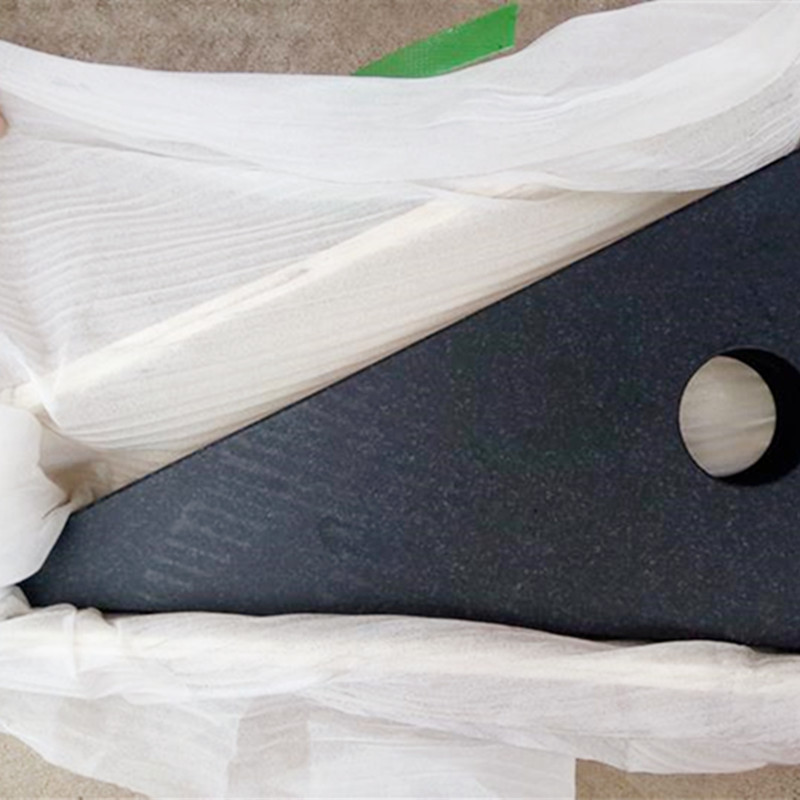ное. . 12, 2024 11:17 Back to list
chemical check valve
Understanding Chemical Check Valves Essential Components in Process Systems
Chemical check valves are vital components in various industrial processes, particularly in the chemical engineering and manufacturing sectors. These devices are designed to prevent backflow in piping systems, ensuring that fluids flow in one direction and protecting equipment from potential damage. In this article, we’ll explore the functions, types, materials, and applications of chemical check valves, highlighting their significance in maintaining system integrity.
Functions of Chemical Check Valves
The primary function of a chemical check valve is to prevent reverse flow within a piping system. This is crucial in processes where the backflow of hazardous or corrosive chemicals could lead to contamination, equipment failure, or safety hazards. By allowing fluid to flow in only one direction, check valves help maintain the desired process conditions and protect downstream equipment such as pumps and compressors from unwanted pressure fluctuations.
Additionally, chemical check valves support system efficiency by minimizing pressure drops during operation. A proficiently designed check valve will open readily when the upstream pressure exceeds the set limit, ensuring minimal resistance to flow. This feature plays a significant role in optimizing process performance and energy consumption.
Types of Chemical Check Valves
There are several types of check valves designed for specific applications, each offering unique advantages. Some of the most common types include
1. Swing Check Valves These valves have a disc that swings on a hinge. They are suitable for applications with relatively low fluid velocities and can provide a tight seal against backflow when closed.
2. Lift Check Valves In this type, the disc moves vertically and is typically used in high-pressure applications. They offer a more compact design and are less susceptible to wear and tear.
chemical check valve

3. Ball Check Valves Featuring a ball that moves within the valve body, these check valves are excellent for applications involving slurries and viscous fluids, as they can handle larger particles without clogging.
4. Diaphragm Check Valves These are often used in sensitive applications, such as in pharmaceuticals and food processing, where hygiene is paramount. They prevent backflow without exposing the fluid to potential contaminants.
Materials of Construction
The choice of materials for chemical check valves is critical, given the corrosive nature of many chemicals they handle. Common materials include stainless steel, PVC, CPVC, and specialized alloys such as Hastelloy, which offer superior resistance to corrosion and high temperatures. The selection depends on the specific application requirements, including media compatibility and environmental conditions.
Applications in Industry
Chemical check valves find applications across a diverse range of industries. In chemical manufacturing, they are essential in processes where reactive chemicals are present, safeguarding against backflow that could cause dangerous reactions. In water treatment facilities, check valves prevent contamination of clean water supplies, while in petrochemical processes, they protect equipment from the harmful effects of fluid reversal.
Furthermore, they are utilized in various sectors including pharmaceuticals, food and beverage production, and wastewater management, emphasizing their versatility and importance across different fields.
Conclusion
In conclusion, chemical check valves are critical components in safeguarding piping systems and maintaining fluid flow integrity. Their ability to prevent backflow, reduce pressure drops, and protect equipment underscores their importance in various industrial applications. Choosing the right type and material for a chemical check valve is paramount to ensuring optimal performance and safety. As industries continue to evolve, the role of check valves in supporting efficient and safe operations will remain firmly in place. Understanding their functionality, types, and applications equips engineers and operators with the knowledge to implement robust systems that meet the challenges of modern industrial processes.
-
Thread Micrometer Set FeaturesNewsJul.04,2025
-
Right Angle Ruler Tool for WoodworkingNewsJul.04,2025
-
Precision Frame Level Calibration StepsNewsJul.04,2025
-
Magnetic Vee Block MaterialsNewsJul.04,2025
-
Heavy Duty Ground Anchors in MiningNewsJul.04,2025
-
Features of Welding Table Cast IronNewsJul.04,2025
Related PRODUCTS









